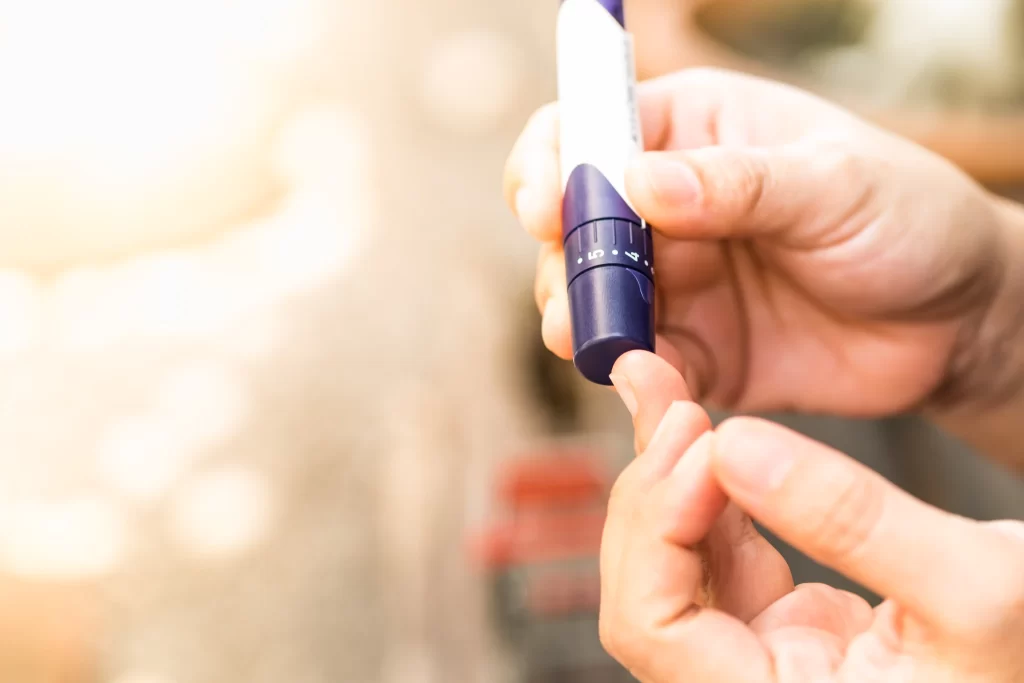
Diabetes And Dry Eye Syndrome: Know Causes, Symptom And Treatment
Diabetes is a challenge that develops because it affects people at all ages. This disease also causes many other diseases in patients affected and in the long run affect the body’s vital organs. Diabetes also increases the possibility of some common ocular morbidity that affects patients such as cataracts, nerve palsy and glaucoma.
Diabetes can also increase the risk of dry eye syndrome. According to experts, the problem is common among diabetes patients aged 65 years and over. According to the Mayo Clinic, dry eye syndrome is a common condition that occurs when tears fail to provide adequate lubrication for the eyes. This is a concern because this will make the eyes more vulnerable to bacterial attacks and their conditions can affect the cornea.
There are several symptoms, which can worry about diabetes patients. Individual diabetics must monitor signs in the following eyes.
- Burning sensation in the eye
- Foreign object sensation
- Sticky and runny
- Red eyes and blurry vision
- Photophobia
Dr. Neeraj Sanduja from Vawan Eye and Retina Center, Gurugram, said that sensation is a common symptom before the disease takes place. Another red warning is a tears in the eyes. Patients with diabetes associated with DES tend to have tears in the eye when syndrome increases. If unknown, such a situation in the future can cause keratoepitheliopathy and keratitis, according to Dr. Sanduja.
It is important to understand the cause so that someone can take steps on time. Here are some of the causes that can cause DES in diabetes patients.
· Peripheral neuropathyys
· High blood glucose level
· Insulin insufficiency and inflammation
As said the dysfunction of tears previously interrelated with DES. It is also important to note that patients with diabetes for more than 10 years have a strong possibility to develop dry eyes. “Patients with poor glycemic control (HBA1C = 8%) have a higher dry eye level. Also, DES in patients with type 2 DM is significantly related to age, “said Dr. Sanduja.
To treat the syndrome, health experts choose corticosteroids, nonsteroidal anti -inflammatory drugs, cyclosporin A, tacrolimus and autologous blood serum serum eye drops. Taking a doctor’s guidance is important before the drug is in such conditions.







